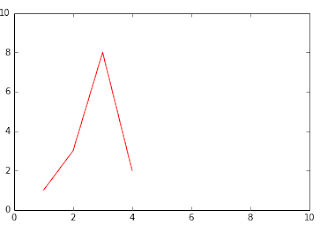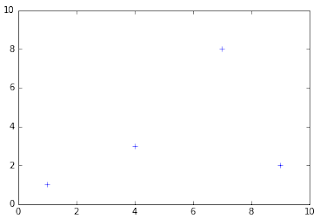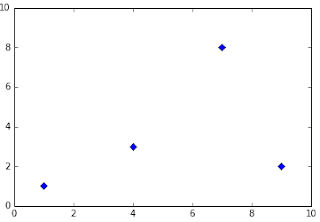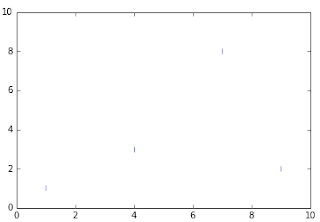Definition : Any software that brings harm to a computer system.
Various Malware's:
1.Spyware :
Spyware is any technology that aids in
gathering information about a person or
organization without their knowledge.
2. Logic Bomb :
code embedded in legitimate program activated when specified conditions met
3. Trojan Horse :
program with hidden side-effects which is usually superficially attractive
4.Zombie :
program which secretly takes over another networked computer
5. Virus :
a piece of self-replicating code attached
to some other code and propagate itself
by carrying codes
6. Worms :
A standalone malware computer program that replicates itself in order to spread to other computers























